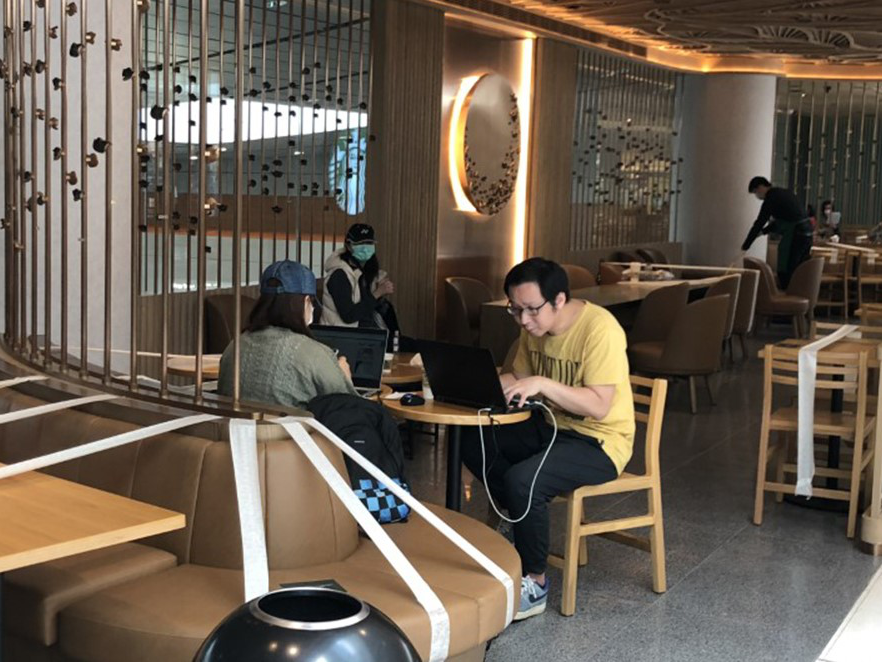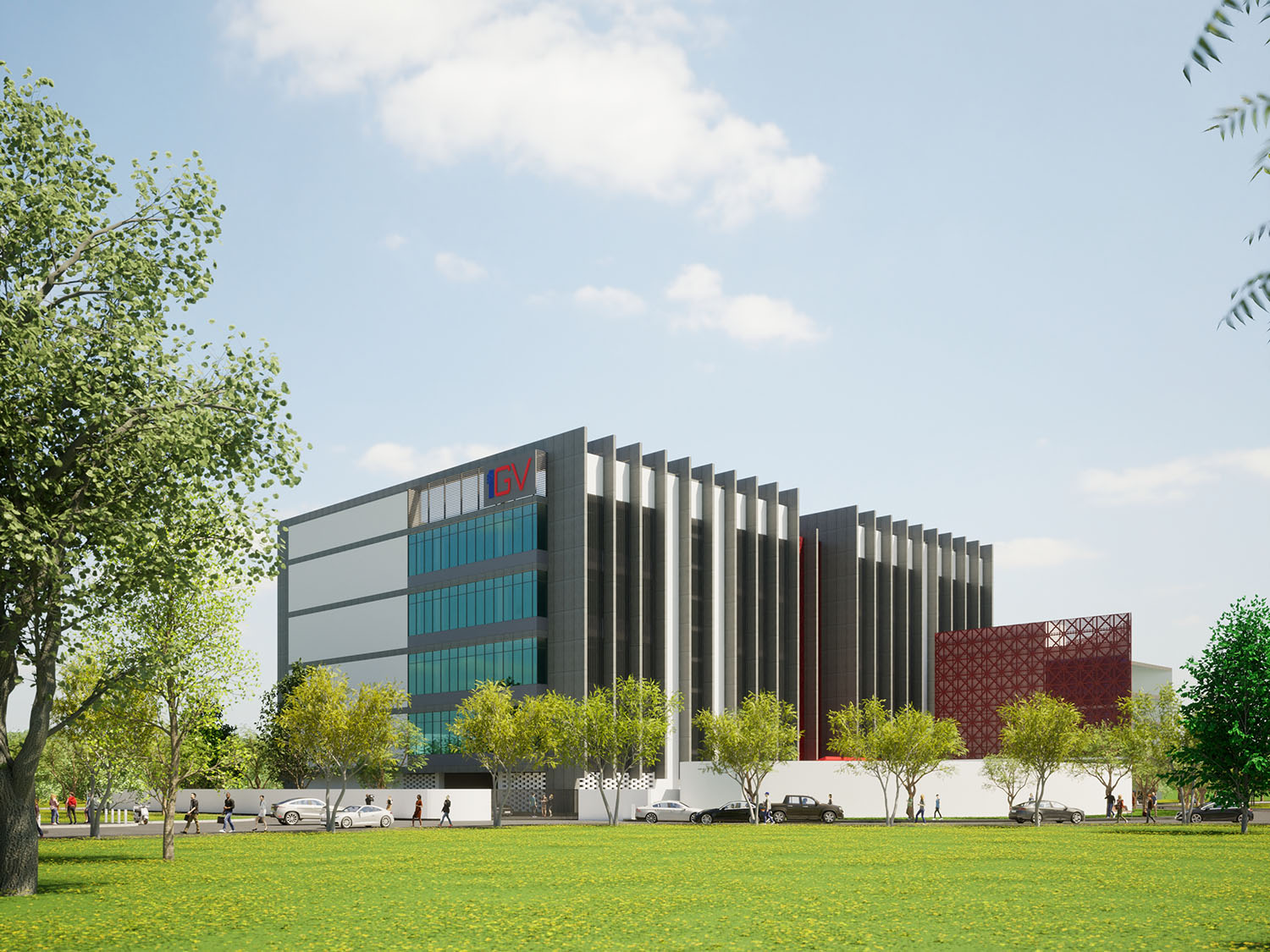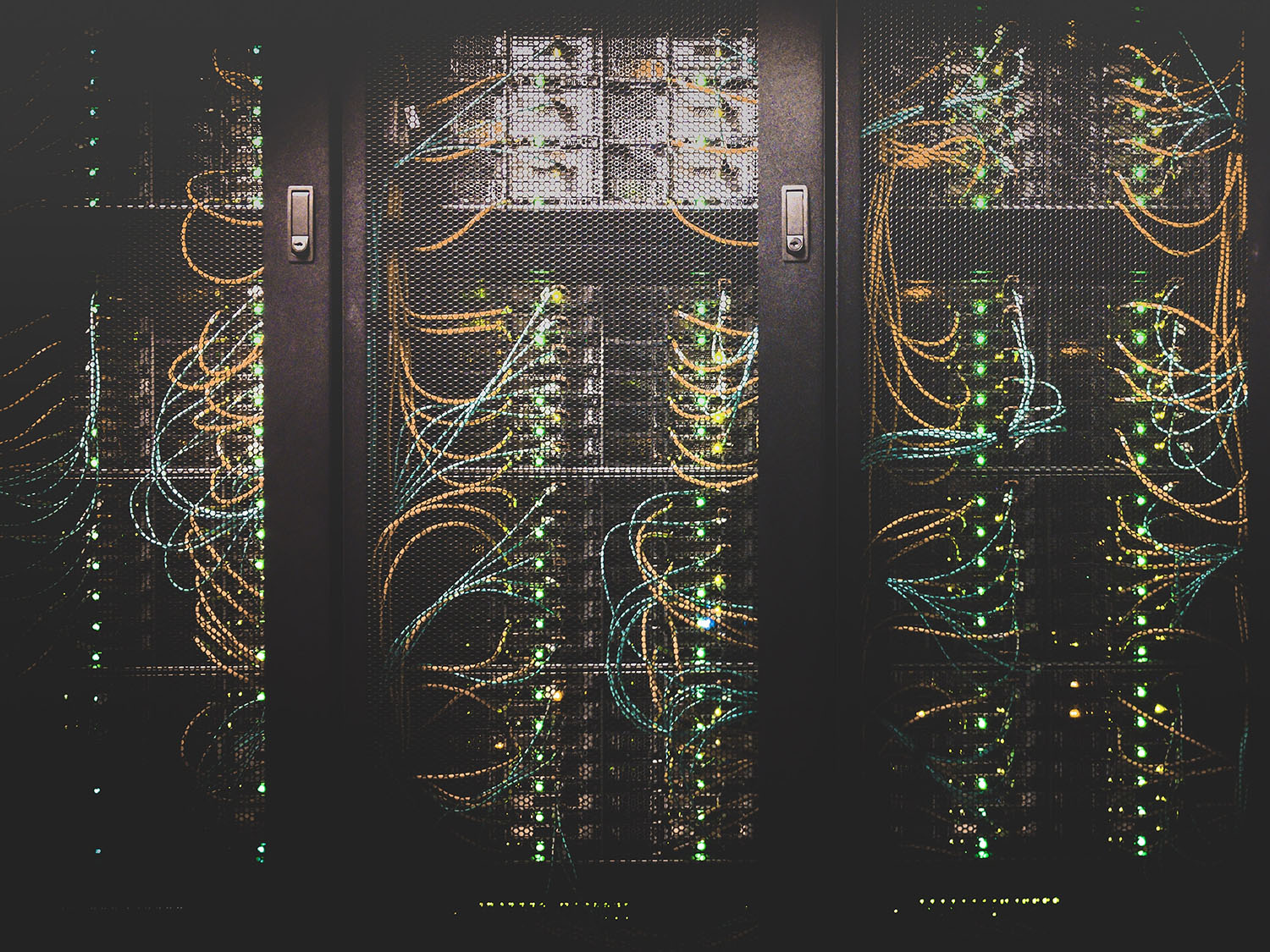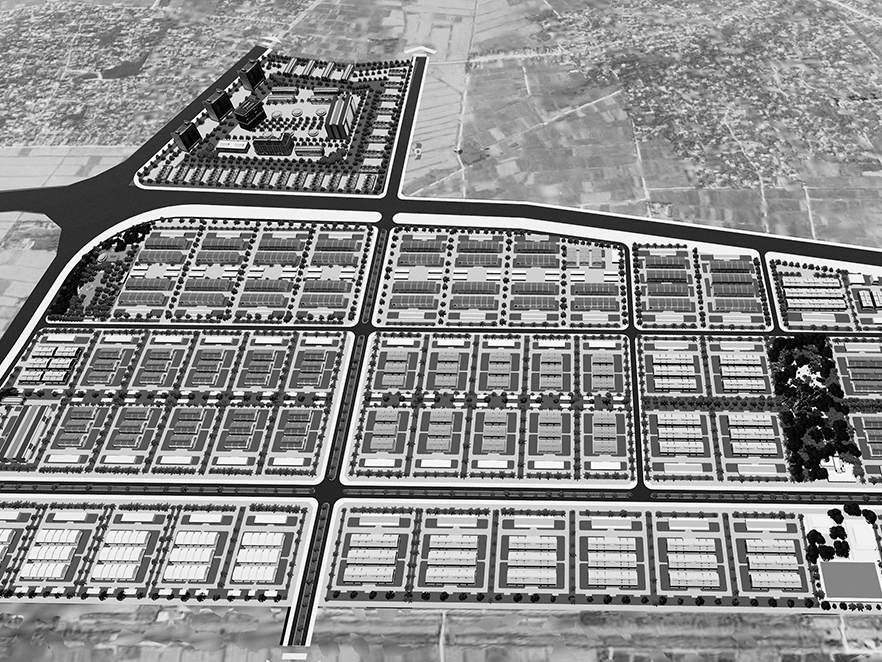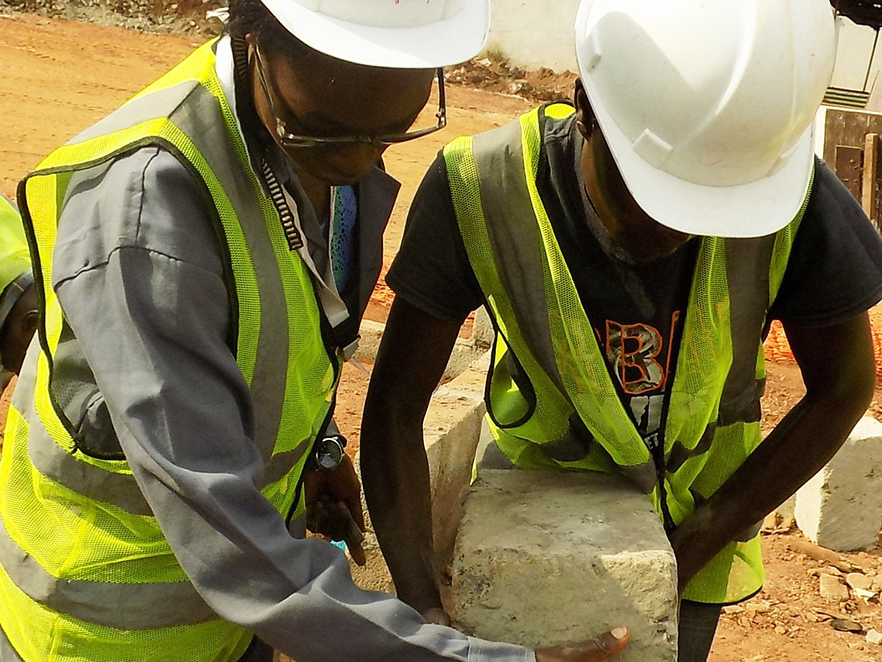Starbucks in Hong Kong enforcing mandatory physical distancing
With 17 years behind us, SARS should have been a distant memory.
However, back in 2003 Hong Kong was the epicentre of the outbreak, much like Wuhan for COVID-19. So when Hong Kong had the first confirmed case of this new SARS like Coronavirus on 22 January, it was no surprise that memory of SARS came back for most Hong Kong residents.
There was an immediate rush for surgical masks, hand sanitisers, rice and toilet paper. There was no “shelter at home” requirement but most people broke from traditional Chinese New Year practice of visiting friends and families during the annual festivity and generally stayed home.
Still reeling from the anti-China social unrest that had just started to ease at the end of 2019, the Hong Kong Government again came under pressure to seal the border with China to stem the inflow of visitors. A local union of medical service workers even went on a limited strike to put pressure on the Government.
The border was essentially closed by early February and work-from-home was introduced for all non-emergency public servants after the Chinese New Year holiday. The Government also encouraged private companies to follow suit.
Despite the criticism of the initial response, the Government seemed to have the outbreak under control with the total number of confirmed cases in Hong Kong kept to fewer than 100 at the end of February. Government employees returned to office on 2 March and life seemed to slowly return to normal with people generally feeling that Hong Kong had avoided any community-wide outbreak.
But the sense of ease was short lived. With the influx of local and foreign residents from US and Europe in early March, the number of confirmed cases increased 7-fold in a month. As a result, Government and the private sector resumed work-from-home for most employees in mid-March.
More stringent measures including the closing of many private businesses such as health clubs, beauty parlours and bars were gradually introduced. Public gatherings are now forbidden.
With most of the new cases traceable to recently returned residents and their close contacts, there is still a resilient sense of normalcy among local residents. People are getting used to working from home while fighting for a quiet “Zoom space” in their notoriously small flats with their children taking classes online.
Neighbourhood cafes are becoming crowded co-working space for those seeking a change of scenery. At local grocery stores and wet markets, it is still a common sight to see people shopping for fresh meat and produce while dutifully wearing their surgical face masks. And with typical weekend city dweller destinations like cinemas and malls either closed or shunned, more are taking up the healthier option of hiking along the many mountain trails, with some popular ones becoming jammed with face mask clad hiking novices.
Back in 2003, unemployment in Hong Kong reached a trough of 5% at the height of SARS. With COVID-19 having a much more devastating impact globally, the economic pain is likely to be deeper and longer lasting.
There remains hope that Hong Kong, together with other East Asian nations and territories such as China, Korea and Taiwan, could avoid the fate of US and Europe with the current wave of outbreak and, thus, look towards mending the economic pain soon. It wouldn’t hurt for the novice hikers to soon be able to return to the comfort of air conditioned shopping malls and cinemas when the summer months arrive.
